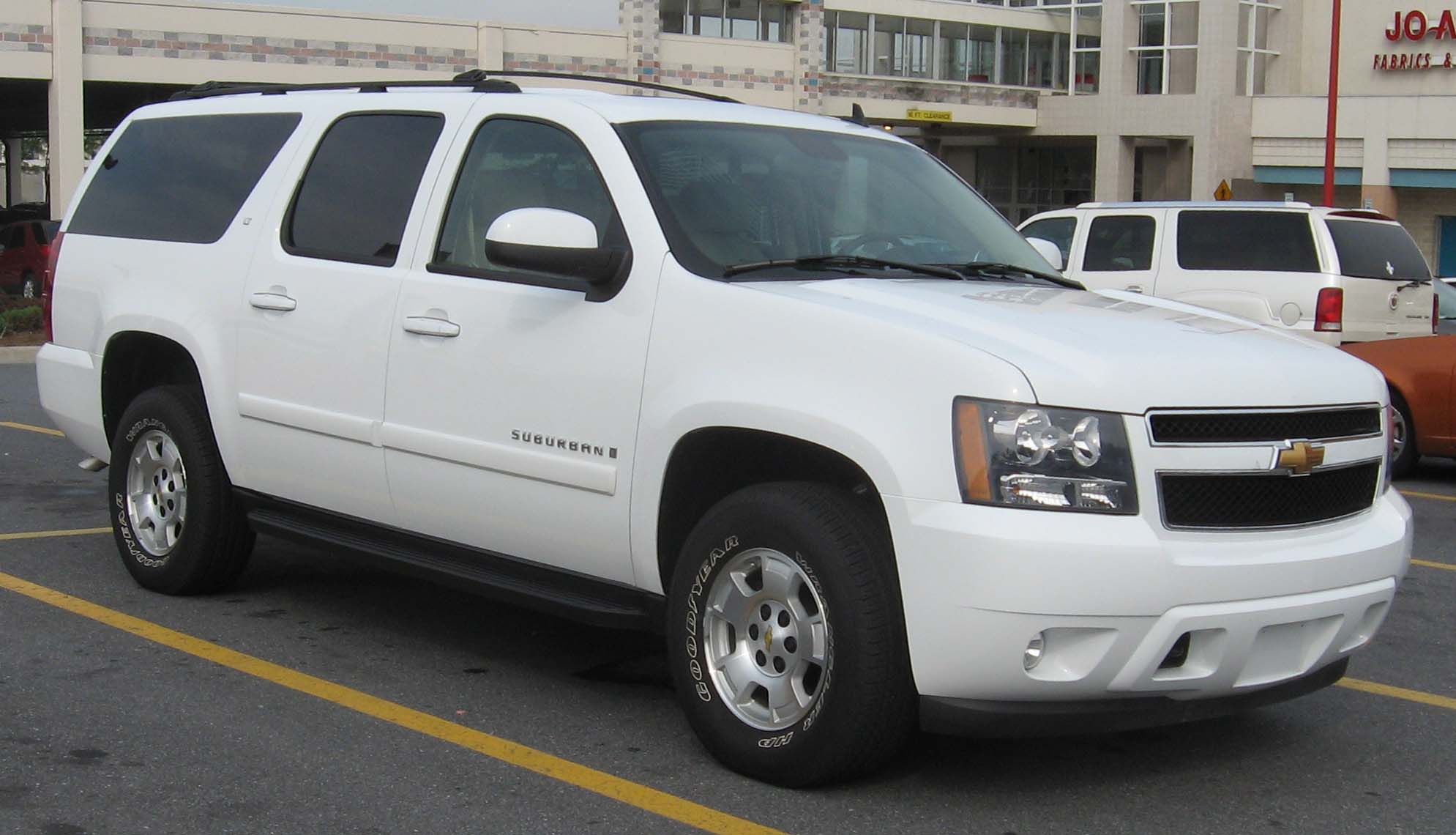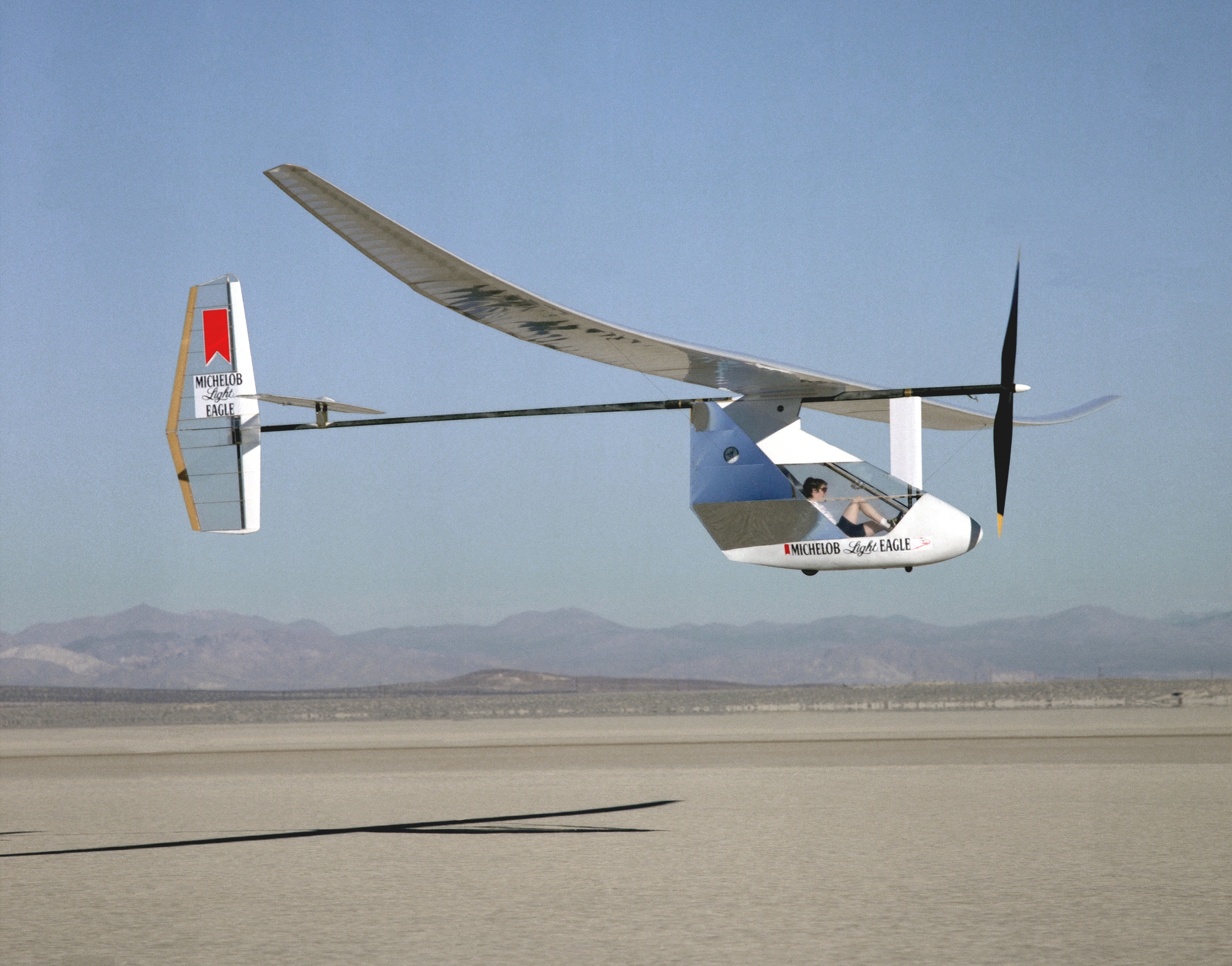|
List Of Transport Topics
The following Outline (list), outline is provided as an overview of and topical guide to transport: Transport or transportation – travel, movement of people and goods from one place to another. Essence of transport * Driving involves controlling a vehicle, usually a motor vehicle such as a truck, bus, or automobile. For motorcycles, bicycles and animals, it is called riding. * Shipping, transporting of goods and cargo, by land, sea, and air * Travel, movement of people, by land, sea, and air Types of transport By availability * Private transport * Public transport (public transit) Mode of transport, Modes and vehicles * Intermodal passenger transport Aviation Aviation * Fixed-wing aircraft * Airship (dirigible) * Autogyro * Balloon * Blimp * Helicopter * Human-powered aircraft * Parachute (downward air transport only) * Rocket * Projectile (goods only, normally explosives) / Human cannonball * Supersonic transport * Zeppelin Animal-powered transport Animal-po ... [...More Info...] [...Related Items...] OR: [Wikipedia] [Google] [Baidu] |
Private Transport
Private transport (as opposed to public transport) is the personal or individual use of transportation which are not available for use by the general public, where in theory the user can decide freely on the time and route of transit ('choice rider' vs. 'captive rider'), using vehicles such as: private car, company car, bicycle, dicycle, self-balancing scooter, motorcycle, scooter, aircraft, boat, snowmobile, carriage, horse, etc., or recreational equipment such as roller skates, inline skates, sailboat, sailplane, skateboard etc. Definition Private transport is in contrast to public transport, and commercial non-public transport. While private transportation may be used alongside nearly all modes of public transportation, private railroad cars are rare (e.g. royal train), although heritage railways are not. Unlike many forms of public transportation, which may be government subsidized or operated by privately owned commercial organizations for mass or general public use, ... [...More Info...] [...Related Items...] OR: [Wikipedia] [Google] [Baidu] |
Rocket
A rocket (from it, rocchetto, , bobbin/spool) is a vehicle that uses jet propulsion to accelerate without using the surrounding air. A rocket engine produces thrust by reaction to exhaust expelled at high speed. Rocket engines work entirely from propellant carried within the vehicle; therefore a rocket can fly in the vacuum of space. Rockets work more efficiently in a vacuum and incur a loss of thrust due to the opposing pressure of the atmosphere. Multistage rockets are capable of attaining escape velocity from Earth and therefore can achieve unlimited maximum altitude. Compared with airbreathing engines, rockets are lightweight and powerful and capable of generating large accelerations. To control their flight, rockets rely on momentum, airfoils, auxiliary reaction engines, gimballed thrust, momentum wheels, deflection of the exhaust stream, propellant flow, spin, or gravity. Rockets for military and recreational uses date back to at least 13th-century Chin ... [...More Info...] [...Related Items...] OR: [Wikipedia] [Google] [Baidu] |
Parachute
A parachute is a device used to slow the motion of an object through an atmosphere by creating drag or, in a ram-air parachute, aerodynamic lift. A major application is to support people, for recreation or as a safety device for aviators, who can exit from an aircraft at height and descend safely to earth. A parachute is usually made of a light, strong fabric. Early parachutes were made of silk. The most common fabric today is nylon. A parachute's canopy is typically dome-shaped, but some are rectangles, inverted domes, and other shapes. A variety of loads are attached to parachutes, including people, food, equipment, space capsules, and bombs. History Middle Ages In 852, in Córdoba, Spain, the Moorish man Armen Firman attempted unsuccessfully to fly by jumping from a tower while wearing a large cloak. It was recorded that "there was enough air in the folds of his cloak to prevent great injury when he reached the ground." Early Renaissance The earliest eviden ... [...More Info...] [...Related Items...] OR: [Wikipedia] [Google] [Baidu] |
Human-powered Aircraft
A human-powered aircraft (HPA) is an aircraft belonging to the class of vehicles known as human-powered transport. Human-powered aircraft have been successfully flown over considerable distances. However, they are still primarily constructed as engineering challenges rather than for any kind of recreational or utilitarian purpose. History Early attempts at human-powered flight were unsuccessful because of the difficulty of achieving the high power-to-weight ratio. Prototypes often used ornithopter principles which were not only too heavy to meet this requirement but aerodynamically unsatisfactory. First attempts In 1904, Scientific American published an article and a photograph of a bicycle plane built by Steward Winslow of Riparia, Washington. He attempted to fly his plane on 30 July 1904, but one of the wheels failed. An early human-powered aircraft was the Gerhardt Cycleplane, developed by W. Frederick Gerhardt at McCook Field in Dayton, Ohio in 1923. The aircraf ... [...More Info...] [...Related Items...] OR: [Wikipedia] [Google] [Baidu] |
Helicopter
A helicopter is a type of rotorcraft in which lift and thrust are supplied by horizontally spinning rotors. This allows the helicopter to take off and land vertically, to hover, and to fly forward, backward and laterally. These attributes allow helicopters to be used in congested or isolated areas where fixed-wing aircraft and many forms of STOL (Short TakeOff and Landing) or STOVL (Short TakeOff and Vertical Landing) aircraft cannot perform without a runway. In 1942, the Sikorsky R-4 became the first helicopter to reach full-scale production.Munson 1968.Hirschberg, Michael J. and David K. Dailey"Sikorsky". ''US and Russian Helicopter Development in the 20th Century'', American Helicopter Society, International. 7 July 2000. Although most earlier designs used more than one main rotor, the configuration of a single main rotor accompanied by a vertical anti-torque tail rotor (i.e. unicopter, not to be confused with the single-blade monocopter) has become the mo ... [...More Info...] [...Related Items...] OR: [Wikipedia] [Google] [Baidu] |
Blimp
A blimp, or non-rigid airship, is an airship (dirigible) without an internal structural framework or a keel. Unlike semi-rigid and rigid airships (e.g. Zeppelins), blimps rely on the pressure of the lifting gas (usually helium, rather than hydrogen) inside the envelope and the strength of the envelope itself to maintain their shape. Principle Since blimps keep their shape with internal overpressure, typically the only solid parts are the passenger car (gondola) and the tail fins. A non-rigid airship that uses heated air instead of a light gas (such as helium) as a lifting medium is called a hot-air airship (sometimes there are battens near the bow, which assist with higher forces there from a mooring attachment or from the greater aerodynamic pressures there). Volume changes of the lifting gas due to temperature changes or to changes of altitude are compensated for by pumping air into internal ballonets (air bags) to maintain the overpressure. Without sufficient overpress ... [...More Info...] [...Related Items...] OR: [Wikipedia] [Google] [Baidu] |
Balloon
A balloon is a flexible bag that can be inflated with a gas, such as helium, hydrogen, nitrous oxide, oxygen, and air. For special tasks, balloons can be filled with smoke, liquid water, granular media (e.g. sand, flour or rice), or light sources. Modern day balloons are made from materials such as rubber, latex, polychloroprene, or a nylon fabric, and can come in many different colors. Some early balloons were made of dried animal bladders, such as the pig bladder. Some balloons are used for decorative purposes or entertaining purposes, while others are used for practical purposes such as meteorology, medical treatment, military defense, or transportation. A balloon's properties, including its low density and low cost, have led to a wide range of applications. The rubber balloon was invented by Michael Faraday in 1824, during experiments with various gases. He invented them for use in the lab. Applications Play Decoration Balloons are used for decorating b ... [...More Info...] [...Related Items...] OR: [Wikipedia] [Google] [Baidu] |
Autogyro
An autogyro (from Greek and , "self-turning"), also known as a ''gyroplane'', is a type of rotorcraft that uses an unpowered rotor in free autorotation to develop lift. Forward thrust is provided independently, by an engine-driven propeller. While similar to a helicopter rotor in appearance, the autogyro's rotor must have air flowing across the rotor disc to generate rotation, and the air flows upwards through the rotor disc rather than down. The autogyro was invented by Spanish engineer Juan de la Cierva in an attempt to create an aircraft that could fly safely at low speeds. He first flew one on 9 January 1923, at Cuatro Vientos Airfield in Madrid. The aircraft resembled the fixed-wing aircraft of the day, with a front-mounted engine and propeller. Cierva's autogyro is considered the predecessor of the modern helicopter. The success of the autogyro garnered the interest of industrialists and under license from Cierva in the 1920s and 1930s, the Pitcairn & Kellett compani ... [...More Info...] [...Related Items...] OR: [Wikipedia] [Google] [Baidu] |
Airship
An airship or dirigible balloon is a type of aerostat or lighter-than-air aircraft that can navigate through the air under its own power. Aerostats gain their lift from a lifting gas that is less dense than the surrounding air. In early dirigibles, the lifting gas used was hydrogen, due to its high lifting capacity and ready availability. Helium gas has almost the same lifting capacity and is not flammable, unlike hydrogen, but is rare and relatively expensive. Significant amounts were first discovered in the United States and for a while helium was only available for airships in that country. Most airships built since the 1960s have used helium, though some have used hot air.A few airships after World War II used hydrogen. The first British airship to use helium was the ''Chitty Bang Bang'' of 1967. The envelope of an airship may form the gasbag, or it may contain a number of gas-filled cells. An airship also has engines, crew, and optionally also payload accommodatio ... [...More Info...] [...Related Items...] OR: [Wikipedia] [Google] [Baidu] |
Fixed-wing Aircraft
A fixed-wing aircraft is a heavier-than-air flying machine, such as an airplane, which is capable of flight using wings that generate lift caused by the aircraft's forward airspeed and the shape of the wings. Fixed-wing aircraft are distinct from rotary-wing aircraft (in which the wings form a rotor mounted on a spinning shaft or "mast"), and ornithopters (in which the wings flap in a manner similar to that of a bird). The wings of a fixed-wing aircraft are not necessarily rigid; kites, hang gliders, variable-sweep wing aircraft and airplanes that use wing morphing are all examples of fixed-wing aircraft. Gliding fixed-wing aircraft, including free-flying gliders of various kinds and tethered kites, can use moving air to gain altitude. Powered fixed-wing aircraft (airplanes) that gain forward thrust from an engine include powered paragliders, powered hang gliders and some ground effect vehicles. Most fixed-wing aircraft are flown by a pilot on board the craf ... [...More Info...] [...Related Items...] OR: [Wikipedia] [Google] [Baidu] |
Aviation
Aviation includes the activities surrounding mechanical flight and the aircraft industry. ''Aircraft'' includes airplane, fixed-wing and helicopter, rotary-wing types, morphable wings, wing-less lifting bodies, as well as aerostat, lighter-than-air craft such as Balloon (aeronautics), hot air balloons and airships. Aviation began in the 18th century with the development of the hot air balloon, an apparatus capable of atmospheric displacement through buoyancy. Some of the most significant advancements in aviation technology came with the controlled gliding flying of Otto Lilienthal in 1896; then a large step in significance came with the construction of the first powered airplane by the Wright brothers in the early 1900s. Since that time, aviation has been technologically revolutionized by the introduction of the jet aircraft, jet which permitted a major form of transport throughout the world. Etymology The word ''aviation'' was coined by the French writer and former naval o ... [...More Info...] [...Related Items...] OR: [Wikipedia] [Google] [Baidu] |








